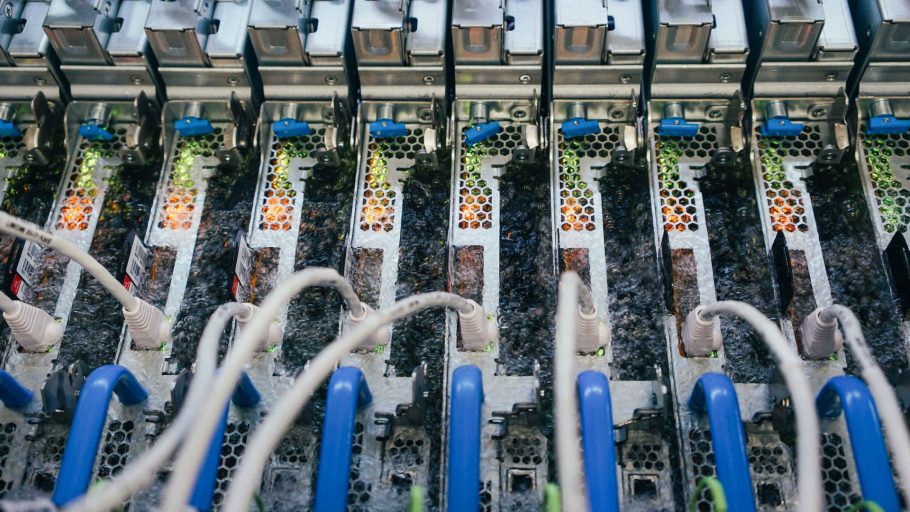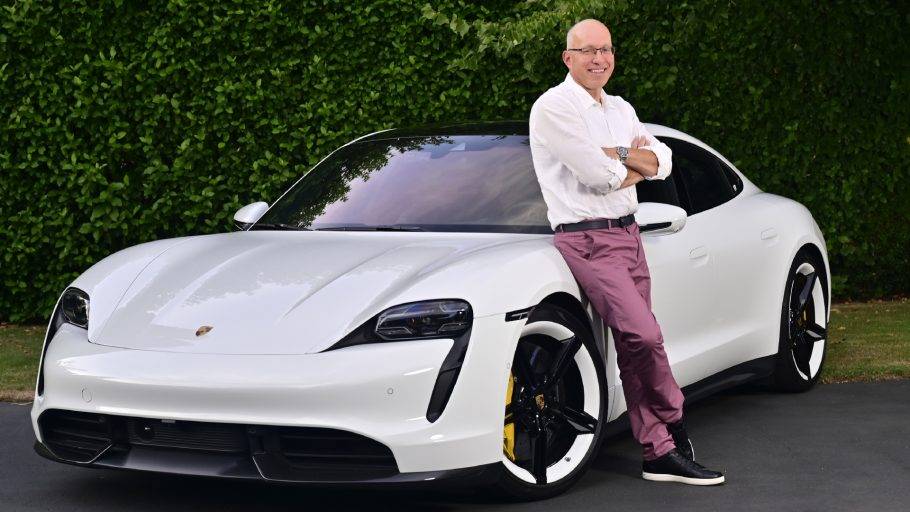A look at Belady and Microsoft
Since you first came up with the Power Usage Effectiveness (PUE) metric, how have datacenters changed in terms of power efficiency throughout the last two decades?
First of all, I am humbled by how such a simple metric I had come up with to solve a customer’s problem in Japan has become so impactful. I am proud that it not only has focused attention on driving efficiency in datacenters, but also—and I’m convinced about this—on saving significant amounts of energy globally. However, it is not enough. We have to think bigger and broader to solve the issues ahead of us and be insatiable when it comes to improving our industry and the resources we use, especially the emission associated with it.
This was one of the reasons I worked with the Green Grid, drove PUE as a standard and introduced CUE (Carbon Usage Effectiveness) and WUE (Water Usage Effectiveness). Even that is not enough. Our industry needs to look at end-to-end emissions of our supply chain, including the embedded carbon, eliminate water usage and minimize impact to the landscape while continuing to grow. This is why I love working for Microsoft. On top of our commitment to making people’s lives better with our services, we are focusing on making our datacenters sustainable and better for the communities where they’re located. My Datacenter Advanced Development team is focused on making this happen.
Carbon neutrality and carbon negativity are terms we often hear regarding our industry. Specifically, when it comes to their impact on climate change throughout the next two decades, what are your views?
Clearly, Microsoft has been very public about its plans to achieve true carbon neutrality in the middle of the decade and carbon negativity by the end of the decade. This aligns with my views and with what we are looking to do to change the impact of our datacenters. Key initiatives for us to meet these goals are our research into hydrogen power and cooling technologies that consume no water in any climate. We are working on additional technologies to drive us even further.

You have more than 140 patents (with Microsoft even much more) that could make computing hardware more powerful and energy efficient. Do you think enough is being done for building green and sustainability aspects into the hardware?
It’s never enough! We always can do more to drive sustainability and mitigate climate change! Although I would argue that most people in our industry would agree with this, there are still skeptics. For me, it almost doesn’t matter what you think. Rather, it’s simple game theory. If you think global warming is real and you are wrong, then the worst that can happen is you adopted technologies you didn’t need, perhaps at some cost, but the world is likely to be better anyway. However, if you believe global warming is not real and you are wrong, the consequences are high and irreversible. So, which one would I bet on regardless of my beliefs? Global warming is, in fact, real and that is where I put my money.
The answer to the specific question on computing hardware is trickier. About 15 years ago, while working with the Environmental Protection Agency (EPA) on the server energy star program, I wrote an article on hardware efficiency and Jevons paradox. The irony is that the more efficient (and higher performing) we make servers (fueled primarily by Moore’s Law) then the more demand we have due to the every decreasing cost of compute. As long as that trend continues, demand will go up as will overall power consumption of datacenters. We have become a complacent industry from an innovation perspective since the chip process improvements have always provided us huge efficiency gains. With the number of transistors doubling every two years or so, we naturally got better systems year over year. However, we now are seeing Moore’s law and Dennard’s scaling losing steam. We have to stop to think about how this will affect our industry. Truth of the matter is that we still have lots of opportunities to continue these trends with what I call “Moore’s Law for infrastructure” (perhaps this should be called Belady’s Law). In other words, rather than just improving transistor density on the chip, we are looking to improve transistor density across the whole campus. From this perspective, you realize there are lots of opportunities for improvement, which is where we now focus.

What are some of the opportunities in development at the moment for building on the green agenda?
Our immersion cooling work is just a small example of this. Air cooling is not enough. That’s what’s driving us to immersion cooling, where we can directly boil off the surfaces of the chip because heat transfer in liquids is more efficient than air and phase change even more so. What’s more, the switch to liquid cooling lets us get denser and brings a Moore’s Law-like mindset to the whole of the datacenter.
Liquid cooling is a proven technology. Most cars on the road today rely on it to prevent engines from overheating. IBM’s Mainframes in the 70s and 80s used liquid cooling. Cray computers has used immersion cooling for decades. Even today, the cryptocurrency industry is deploying liquid immersion cooling to cool the chips that log digital currency transactions. So this is not a new thing. But still another big benefit is that liquid temperatures can run much higher than air temperatures needed for air-cooled servers. Why is this important? It eliminates the need to evaporate water in most regions of the world.



